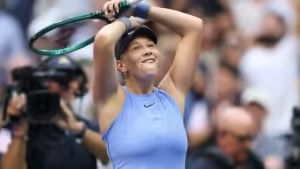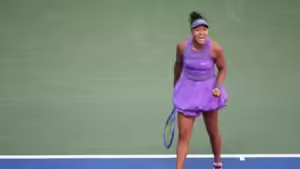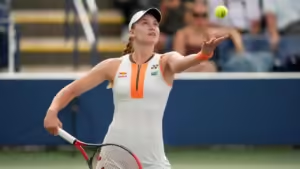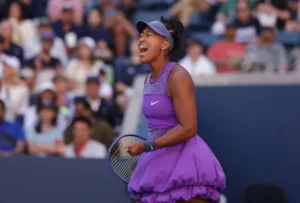Written By Faizan Chaudhrey
On 17th February 2024 for the first time in history; the top 10 Rankings of the ATP & WTA did not include a single player with a one handed backhand.
As researched by QualityShot Tennis’ own Anthony Hirsch, there were only 5 players under the age of 25 that had a one handed backhand in the top 200 of the ATP.
The decline of the one hander has been a steady one; with it being almost non-existent in the women’s game all together. There are only 3 players with one handed backhands in the top 100 of the WTA. So why has the one hander become less fashionable in the modern game and is it dying out?
The one hander was prevalent when tennis was invented up until the 2000s. In the last couple of decades Grand Slam Champions with one hander’s included the likes of Roger Federer, Justine Henin and Stan Wawrinka.
But as Justine Henin herself said in a 2021 interview; the one handed backhand requires a lot of physical strength, in addition to a well drilled and extremely clean technique. The two handed backhand it is more stable and functional. A weaker two handed backhand can be masked more in comparison to a one hander due to the easier ability to generate heavier topspin.
The biggest weakness of the one handed backhand is the return, the grip change needed and general awkwardness of returning a rising serve above shoulder height could be one of the reasons younger players have opted to not incorporate it into their game. The two-handed backhand return is generally more stable and gives the returner a better chance of consistent contact.
Chip or block returns are utilised regularly by one handed backhand players; these tend to be generally less effective than the drive two handed return.
Another factor as to why the one hander is less common is that tennis coaches see the two hander as being a better option for players due to the added consistency and in turn defensive capabilities it brings; especially given how much more physical the modern game has become.
Talking of the modern game, this could also be one of the contributing factors as to why a player may opt against the one hander. The modern game has become more physical, courts are slower, players more athletic and rackets bigger; this ultimately means longer rallies. Shot tolerance is now more than ever an important attribute to have and the two handed backhand generally breaks down less than its one-handed counterpart. A one handed backhand is seen as a more attacking weapon and with players being able to defend effectively more now than ever; it has meant the stability and more solid foundation of the two handed backhand now dominates the men’s and women’s tours.
So, could there be a resurgence of the one hander? Could it be more fashionable in future? Well, I don’t think we will see a regular influx of junior players coming through with one hander’s any time soon, but the hope is it won’t die out altogether. There is something graceful and eye catching that a one handed backhand brings to the game. And as at the date this is being recorded, 2 one handers in Tsitsipas and Dimitrov have broken through into the Top 10!






